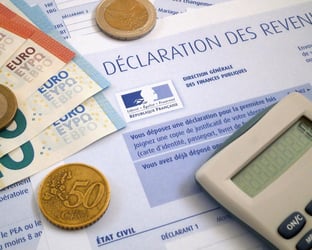A few years ago, my best friend moved to Singapore for grad school. I decided to travel out there with her to help her get settled in this city on the other side of the world — and to explore a region of the world that I hadn’t yet had the opportunity to visit.
In my research before the trip, I read that English was widely spoken in Singapore, so I didn’t really bother to try to pick up conversational phrases in other languages. And while it’s true that English is widely spoken, many of the natives actually use an English dialect called “Singlish.” So what, exactly, is Singlish?
According to Wikipedia, Singlish is defined as “the English-based creole or patois spoken colloquially in Singapore. Although English is the lexifier language, Singlish has its unique slang and syntax, which are more pronounced in informal speech.” So English is the basis of Singlish, but there are bits and pieces of other languages — like Mandarin, Tamil, and Malay — along with other local dialects. Speakers of Singlish typically speak rapidly, and it can be very challenging to understand what they’re saying without subtitles or strong context indicators. But if you are a native English-speaking foreigner, a speaker of Singlish will attempt to use a truer version of English in order to facilitate understanding.
Some syntax, however, will slip into their speech regardless, like the ubiquitous use of the discourse particle “lah” at the end of sentences. For example, if you were to climb into a cab in Singapore, and you said, “Can you please take me to the ION Orchard mall,” the cab driver might say, “Can lah.” You hear it everywhere. So “lah” is a word that doesn’t change the semantic meaning of a sentence, but it does indicate tone. Much the same way that “eh” functions in Canada, or how we might use “so” or “then,” depending on context. Singapore is a beautiful — and sparkling clean! — city with a rich cultural heritage, where a wide array of ethnicities are represented. And all of those cultures seem to come together into Singlish.






